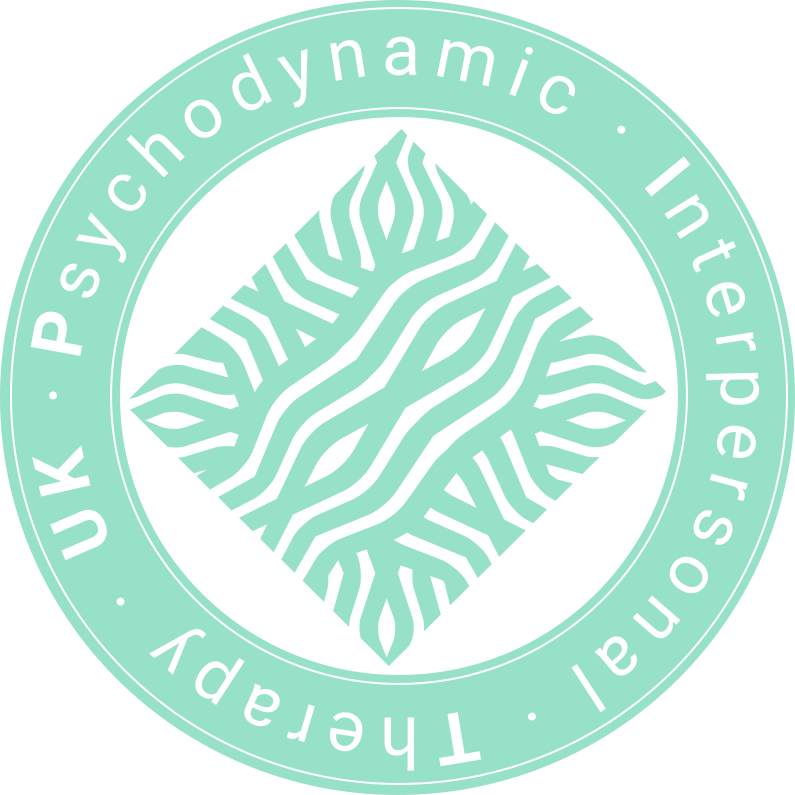The file shows how to summarise a whole session on one sheet
This a blank pro-forma session summary. You can save the blank form when it opens:
See below for an example in practice
A wide range of process methods has been developed to analyse what is happening within a therapeutic session and many have been used with PI therapy.
The first part of training encourages the trainee to listen closely to a session by transcribing part of the session as accurately as possible annotating the length of pauses, sections where both participants talk together, hesitations, non-verbal vocalisations, dysfluencies and changes in intonation. This is a time-intensive process, but it reminds you of the complexity of what is happening across many channels of communication in a session.
There are several systems in use for transcribing, and outside of the research setting it is not critical that validated methods are used, but it is a valuable skill and we recommend, where possible, using a standardised system for transcription such as the one described by Mergenthaler and Stinson (1992).
After learning how to transcribe the session the trainee starts to write down process comments.
Process notes
Often trainees are just told to write “process notes” with no guidance as to what shape these should be. In this model of therapy process notes are closely linked with formulation building as described above. Initially therapists may simply attempt to transcribe what was said with no attempt to make sense of the material within a broader framework. It is helpful, as described in the section on Formulation, to guide the trainee towards writing down what was actually said but then separately to generate hypotheses based on what the client said, what the therapist said and their interaction.At the end of the process notes the trainee can keeps track of the overall therapy by commenting about progress linked with core problems and reminders for the next session such as themes to be monitored and predictions of what may happen in the next session.
What does the therapist do?
The therapist uses a method of describing the structure of what is said. Trainee therapists can use a simplified version of the rating manual described earlier to assess their own interventions.
Why does the therapist choose this intervention?
It is useful to distinguish form from intent in analysing therapeutic interventions. One option is to use a system which provides an accessible set of categories to distinguish different reasons why a particular intervention might be used, for example, the List of Therapist Intentions (see Hill & O’Grady, 1985)
Journal of Counseling Psychology 1985 32(1):3
Discussion of the intentions behind interventions can feel very uncomfortable, but is helpful in developing self-reflective skills.
How does the client respond?
From the early development of the model by Hobson it has been clear that mere acquiescence with the therapist’s point of view is insufficient and that a better test of an intervention is how far the client develops and extends imagery and feelings in their subsequent narrative. Therapists comment on the immediate impact of what they have said.
Links with case formulation
This model of therapy is consistent with different levels of case formulation varying from the simple to the highly elaborated. At the session level, though, it should be possible to link different sequences within the therapy to different elements of the case formulation (see Margison, 1999, Margison et al, 2000).
Metaphor and therapy
It is easy to miss the significance of an extended metaphor within a therapy. One strategy for learning how to listen at this level is to attend specifically to every possible metaphor, even those which appear to have been used as part of customary vernacular speech (a cliché or dead metaphor). By simply listing such phrases from the transcript it is possible to draw up hypotheses about disguised material. For a fuller discussion of this technique see Margison (1995).
Process notes
Often trainees are just told to write “process notes” with no guidance as to what shape these should be. It is helpful to guide the trainee towards writing down what was actually said and then separately to generate hypotheses based on what the client said, what the therapist said and their interaction. At the end the trainee keeps track of the overall therapy by commenting about progress linked with core problems and reminders for the next session such as themes to be monitored and predictions of what may happen in the next session.
